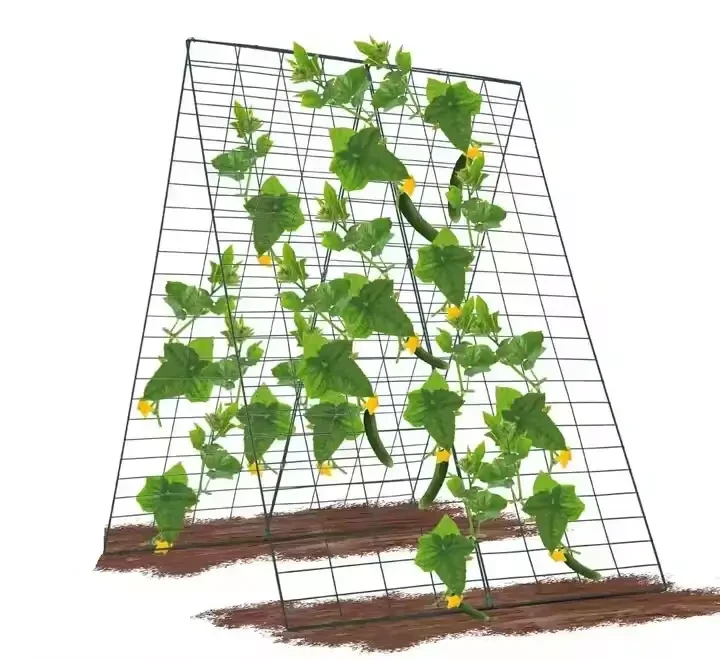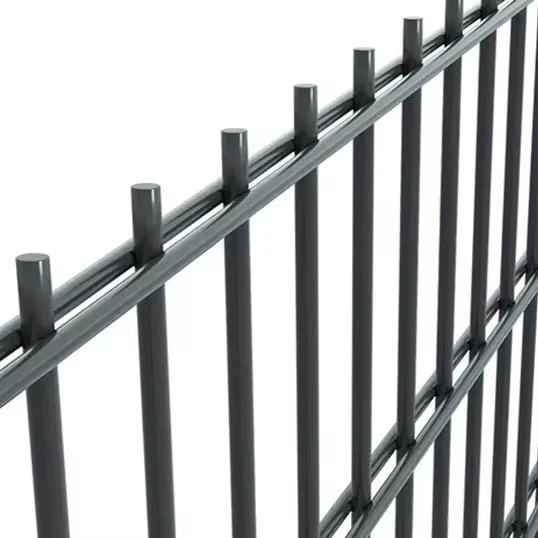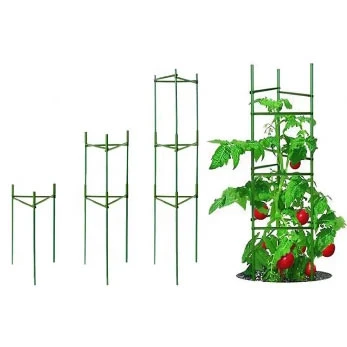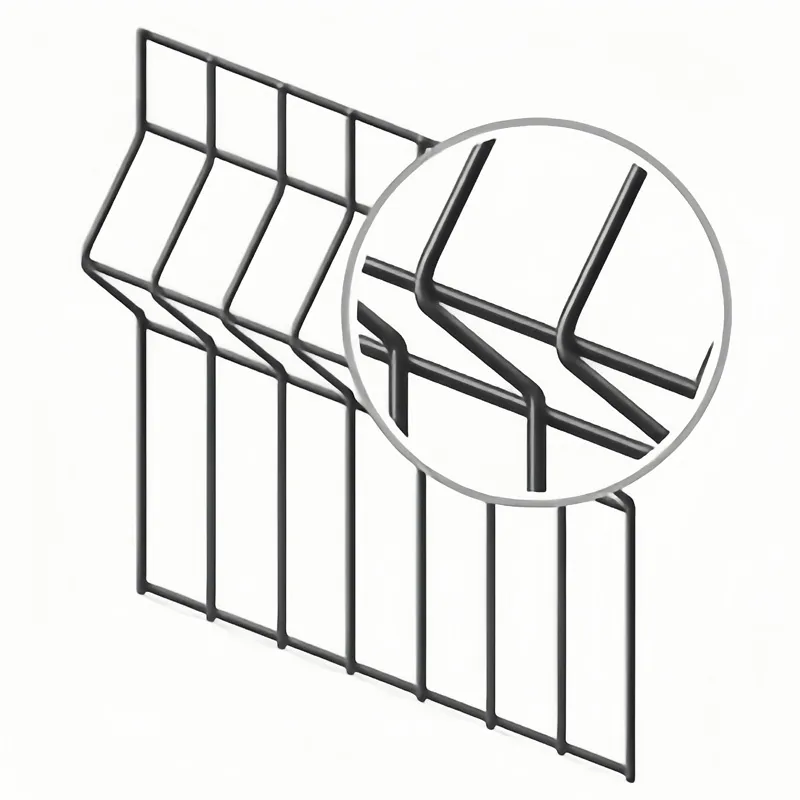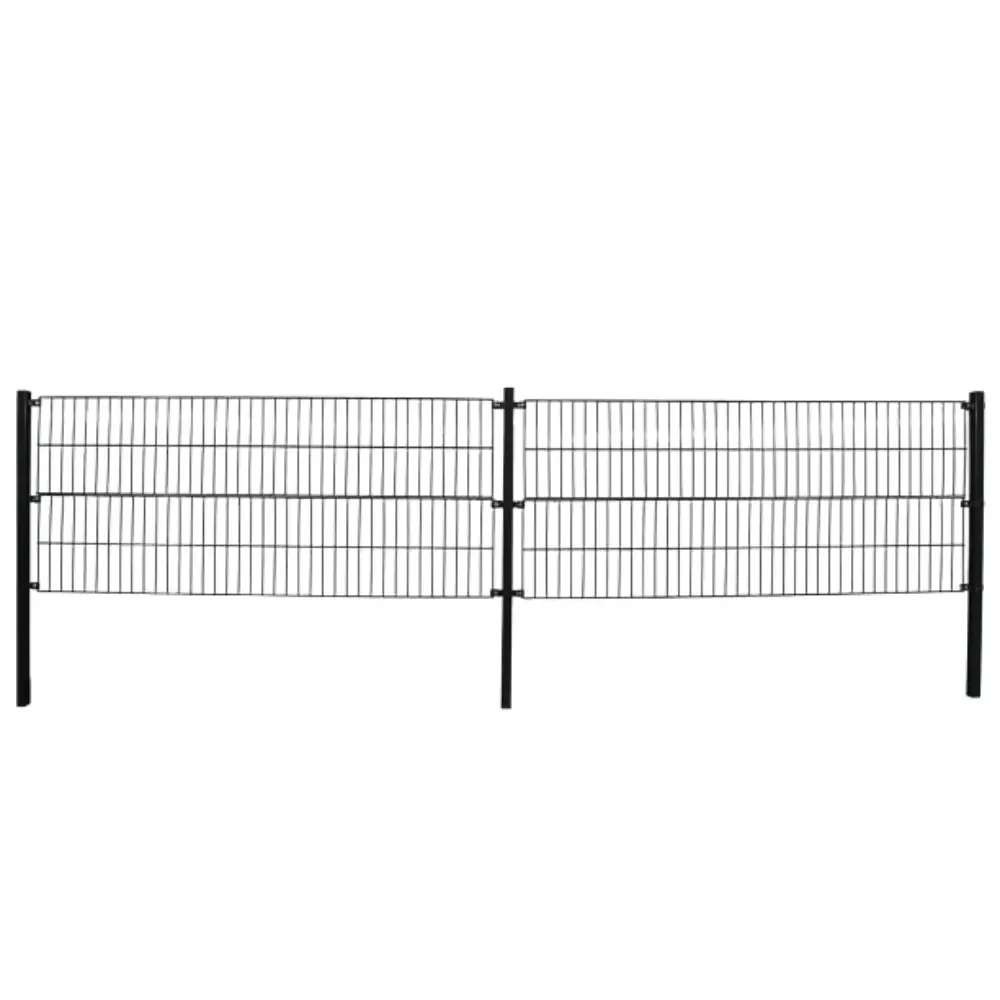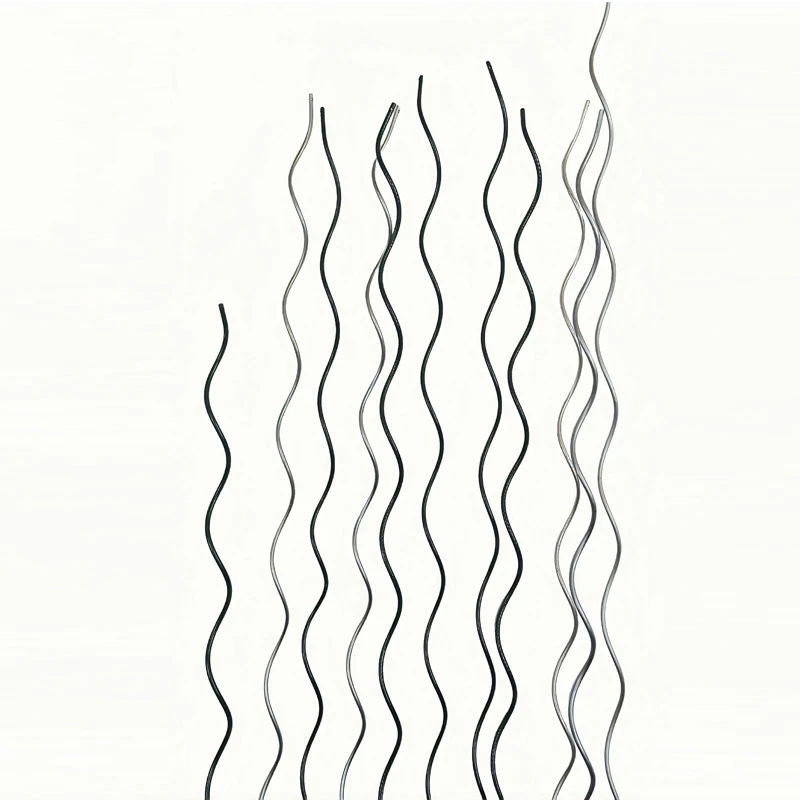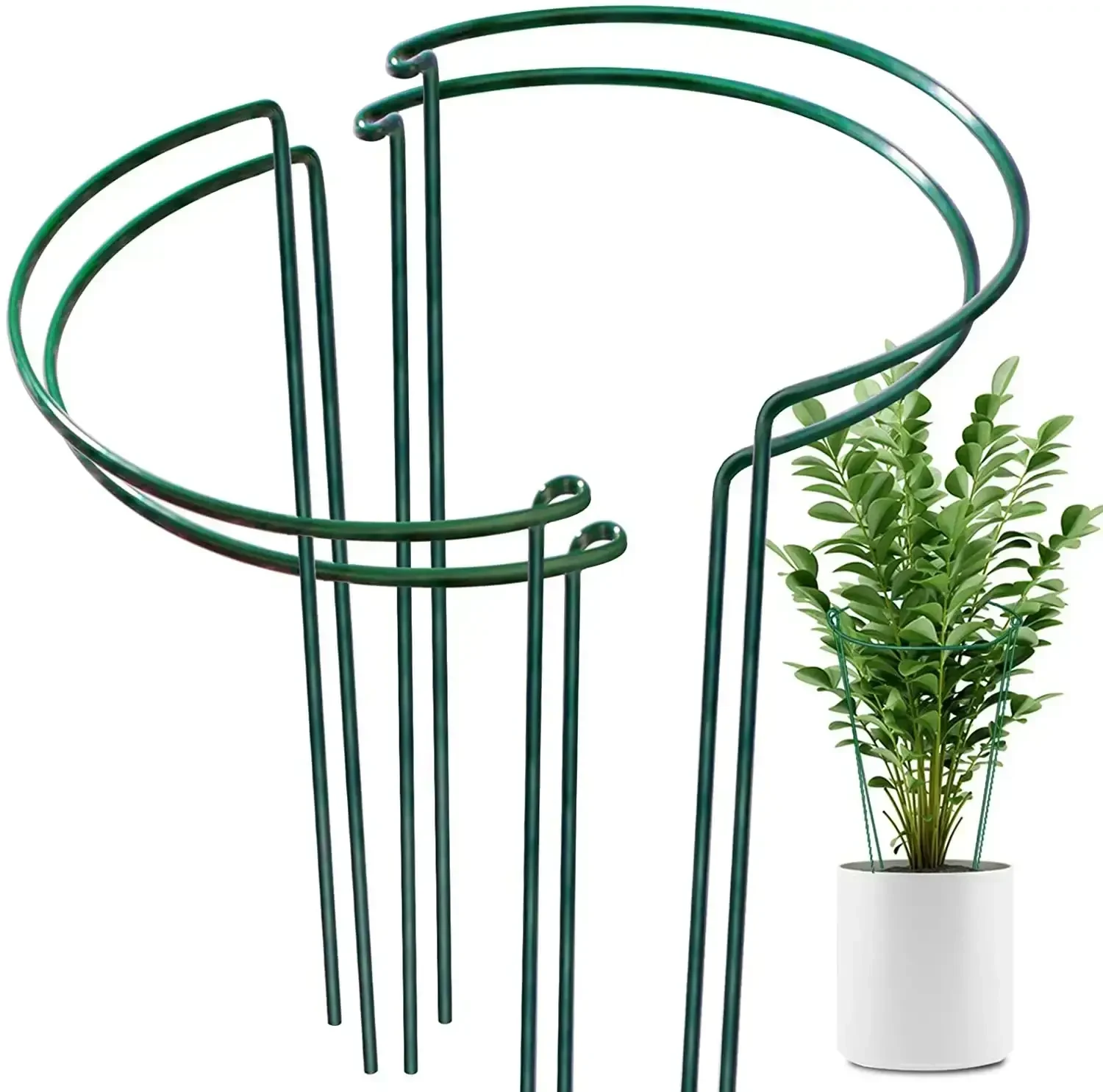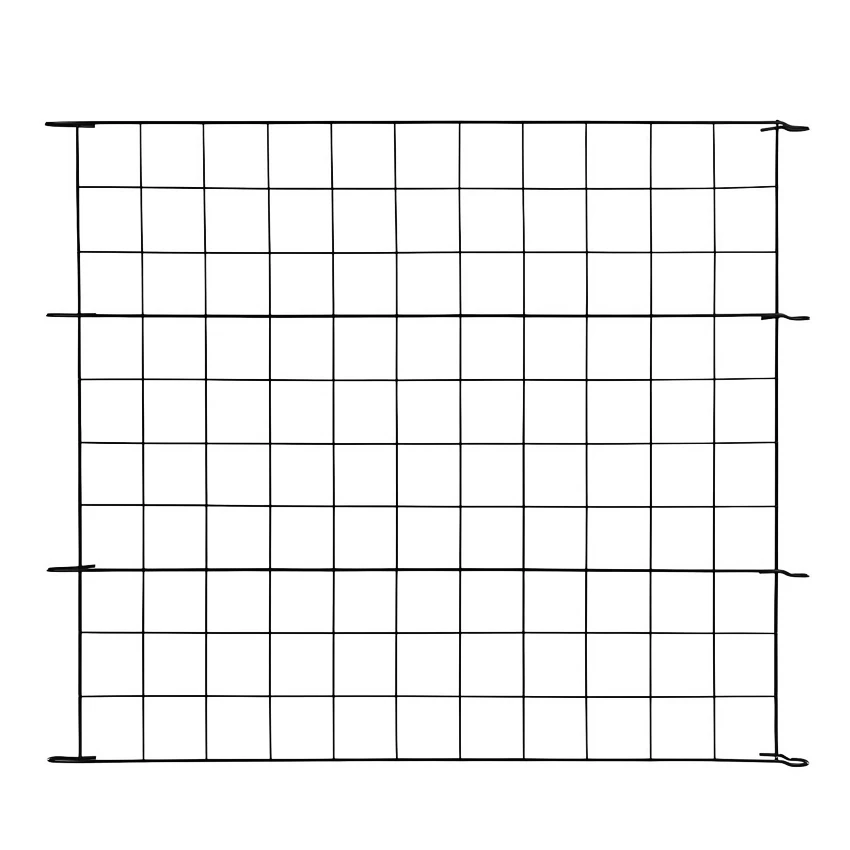-

-
 Whatsapp:+86 17732187393
Whatsapp:+86 17732187393 -


- Afrikaans
- Albanian
- Amharic
- Arabic
- Armenian
- Azerbaijani
- Basque
- Belarusian
- Bengali
- Bosnian
- Bulgarian
- Catalan
- Cebuano
- Corsican
- Croatian
- Czech
- Danish
- Dutch
- English
- Esperanto
- Estonian
- Finnish
- French
- Frisian
- Galician
- Georgian
- German
- Greek
- Gujarati
- haitian_creole
- hausa
- hawaiian
- Hebrew
- Hindi
- Miao
- Hungarian
- Icelandic
- igbo
- Indonesian
- irish
- Italian
- Japanese
- Javanese
- Kannada
- kazakh
- Khmer
- Rwandese
- Korean
- Kurdish
- Kyrgyz
- Lao
- Latin
- Latvian
- Lithuanian
- Luxembourgish
- Macedonian
- Malgashi
- Malay
- Malayalam
- Maltese
- Maori
- Marathi
- Mongolian
- Myanmar
- Nepali
- Norwegian
- Norwegian
- Occitan
- Pashto
- Persian
- Polish
- Portuguese
- Punjabi
- Romanian
- Russian
- Samoan
- scottish-gaelic
- Serbian
- Sesotho
- Shona
- Sindhi
- Sinhala
- Slovak
- Slovenian
- Somali
- Spanish
- Sundanese
- Swahili
- Swedish
- Tagalog
- Tajik
- Tamil
- Tatar
- Telugu
- Thai
- Turkish
- Turkmen
- Ukrainian
- Urdu
- Uighur
- Uzbek
- Vietnamese
- Welsh
- Bantu
- Yiddish
- Yoruba
- Zulu
Durable Fruit Support Frames Adjustable Plant Trellis Systems
- Introduction to Fruit Support Frames
- Technical Advantages Over Traditional Solutions
- Comparing Leading Brands in the Market
- Custom Solutions for Diverse Agricultural Needs
- Real-World Applications and Success Stories
- Key Considerations for Optimal Installation
- Why Fruit Support Frames Are Essential for Modern Farming
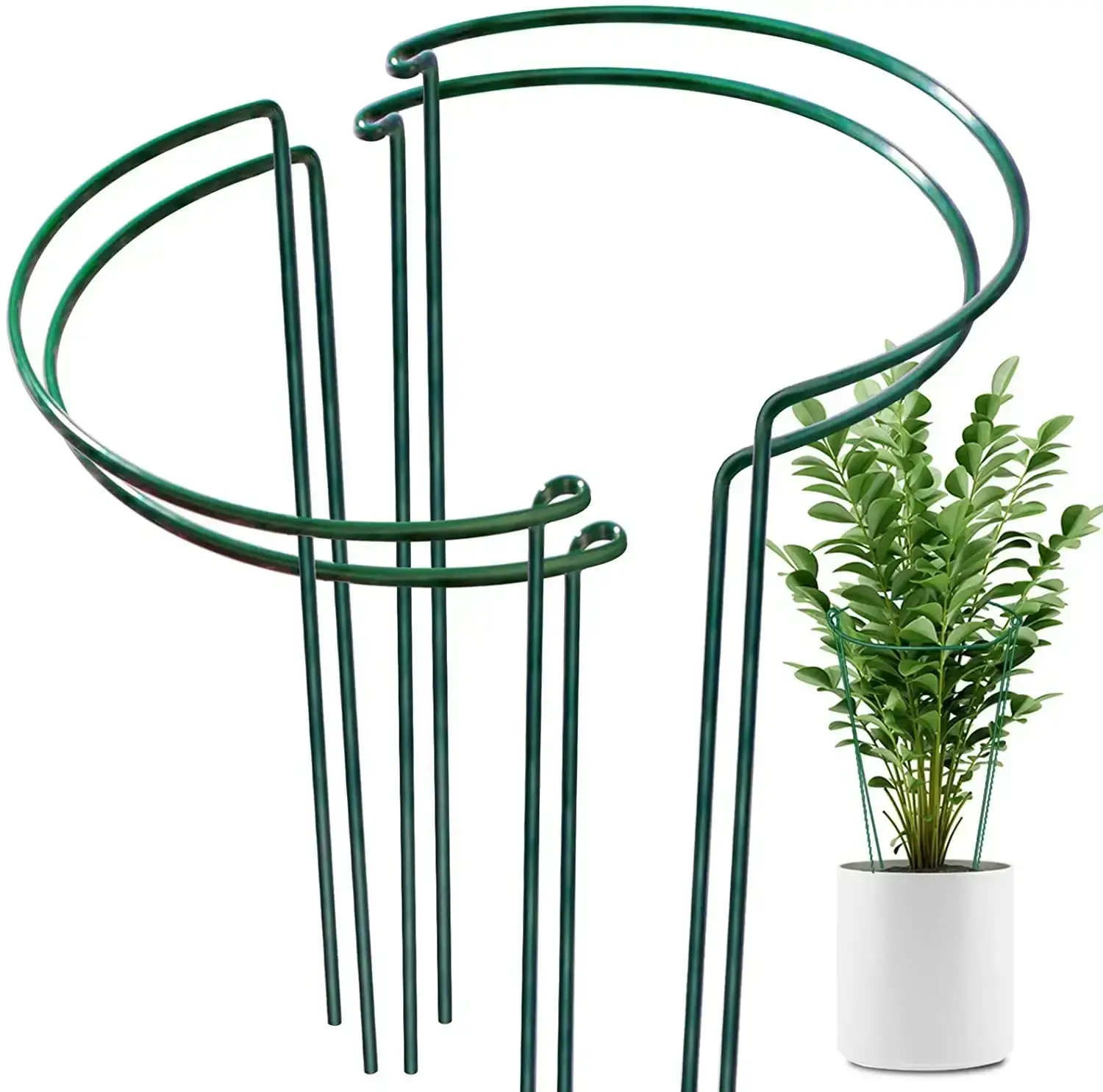
(fruit support frames)
Enhancing Crop Health with Fruit Support Frames
Fruit support frames have revolutionized modern agriculture by providing structural stability to plants, ensuring optimal growth conditions. These systems are designed to bear the weight of heavy fruits, prevent stem damage, and improve air circulation. According to a 2023 agricultural survey, farms using support frames reported a 32% increase in yield quality compared to traditional methods. By integrating durable materials like galvanized steel or UV-resistant polymers, these frames adapt to various climates and crop types, from tomatoes to melons.
Technical Advantages Over Traditional Solutions
Unlike makeshift wooden stakes or nylon nets, fruit support frames
offer precision engineering. Key features include modular design for scalability, anti-corrosion coatings, and adjustable height settings. For instance, the load-bearing capacity of premium frames exceeds 50 kg per unit, outperforming conventional trellises by 200%. Advanced models also incorporate snap-lock mechanisms, reducing assembly time by 70%. Such innovations minimize labor costs while maximizing long-term durability.
Comparing Leading Brands in the Market
| Brand | Material | Max Load (kg) | Warranty | Price Range ($) |
|---|---|---|---|---|
| AgriGrow Pro | Galvanized Steel | 75 | 10 years | 120–180 |
| GreenHarvest | Recycled Polymer | 55 | 7 years | 90–140 |
| FarmStead | Aluminum Alloy | 60 | 5 years | 80–130 |
Custom Solutions for Diverse Agricultural Needs
Tailored fruit support systems address specific challenges, such as high-wind environments or organic certification requirements. For example, vineyards in coastal regions benefit from corrosion-resistant frames with reinforced bases, while hydroponic farms prioritize lightweight, rust-proof designs. Providers now offer 3D configuration tools, allowing farmers to input field dimensions and crop density for automated frame recommendations. Customizable options include:
- Adjustable width (0.5–2.5 meters)
- Interchangeable connectors for multi-crop compatibility
- Solar-powered monitoring sensors (optional)
Real-World Applications and Success Stories
A California-based berry farm increased annual revenue by $42,000 after deploying modular fruit support frames across 15 acres. The setup reduced fruit-to-soil contact by 89%, mitigating mold outbreaks. Similarly, a Kenyan mango cooperative achieved EU export certification by implementing traceable, pesticide-free support systems. Case studies highlight:
- 28% faster harvest cycles due to improved accessibility
- 15% water savings from enhanced irrigation targeting
- ROI within 18 months for 80% of adopters
Key Considerations for Optimal Installation
Proper installation ensures maximum efficiency. Experts recommend soil testing to determine anchor depth—typically 30–60 cm depending on soil type. Spacing between frames should align with plant growth patterns; for tomatoes, 40 cm gaps prevent overcrowding. Regular maintenance checks, like tightening bolts during off-seasons, extend product lifespan. Farmers must also balance initial costs against long-term benefits, as high-quality frames can serve 3–5 crop cycles without replacement.
Why Fruit Support Frames Are Essential for Modern Farming
In an era of climate volatility and rising consumer standards, fruit support frames provide a non-negotiable foundation for sustainable agriculture. They reduce post-harvest losses by 40% (FAO, 2022) while enabling vertical farming techniques that conserve land. As labor shortages persist, these systems automate critical support functions, future-proofing farms against operational disruptions. Investing in robust fruit trellis technology isn’t just about crop protection—it’s about securing food systems for generations.
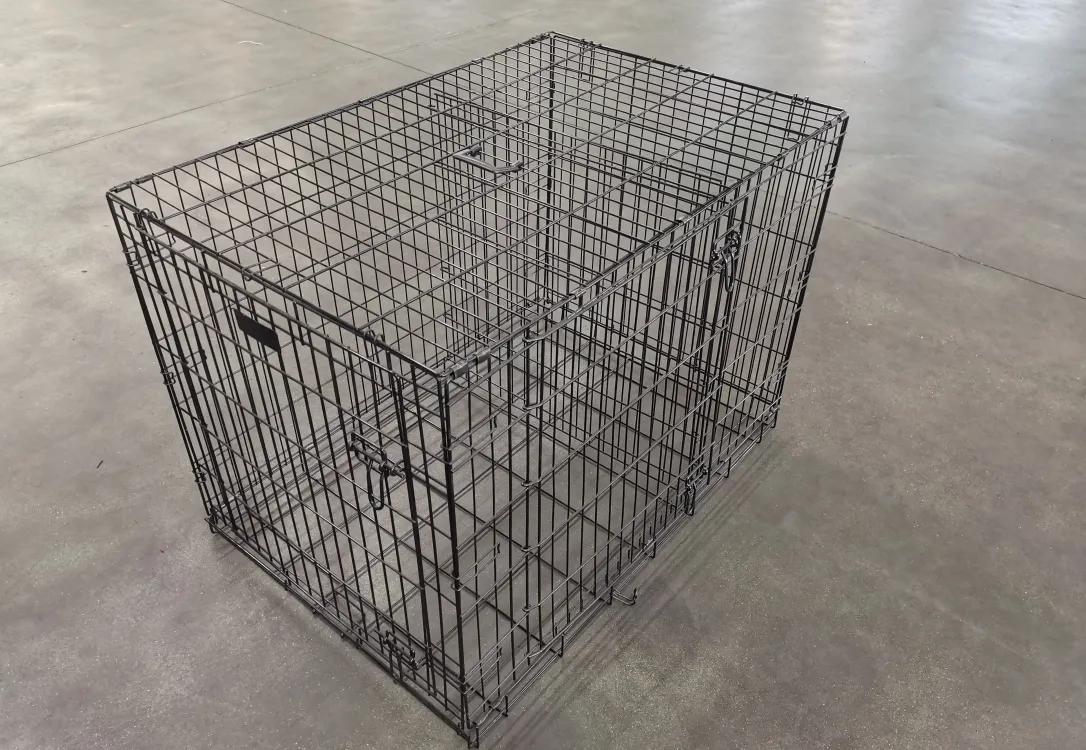
(fruit support frames)
FAQS on fruit support frames
Q: What are fruit support frames used for?
A: Fruit support frames are structures designed to hold climbing or vining plants, improving air circulation and fruit quality. They prevent fruits from touching the ground, reducing rot and pest damage. Ideal for tomatoes, grapes, and cucumbers.
Q: How do I choose the right material for a fruit trellis?
A: Opt for durable, weather-resistant materials like cedar, metal, or UV-stable plastic. Consider the plant’s weight and growth habits—heavy fruits may require sturdier metal frames. Ensure the material won’t damage plant stems over time.
Q: Can fruit support systems work in small gardens?
A: Yes! Vertical fruit trellises or compact A-frame designs maximize space in small areas. Use wall-mounted frames or container-friendly supports for patio gardens. They help grow more plants vertically without sacrificing ground space.
Q: What plants benefit most from fruit support frames?
A: Vining crops like melons, peas, and berries thrive with trellises. Indeterminate tomatoes and kiwi vines also need sturdy frames for optimal growth. Supports encourage straighter growth and easier harvesting.
Q: How to maintain a fruit support frame long-term?
A: Inspect annually for rust, rot, or loose joints, especially after winter. Clean surfaces to prevent disease buildup, and reinforce anchors in soil. Replace worn parts to ensure stability during growing seasons.
-
Dog Stake & Cable Secure, Heavy-Duty Ground Anchor for Pets Safe Outdoor UseNewsMay.18,2025
-
Medium Dog Crate Divider - Adjustable & Durable Kennel PartitionNewsMay.17,2025
-
Metal Spiral Tomato Stakes Sturdy Support & Easy Setup for PlantsNewsMay.17,2025
-
High-Strength Wire Mesh Security Panels Anti-Climb Fencing SolutionsNewsMay.17,2025
-
Durable & Secure Gate Mesh Panels Custom Sizes & StylesNewsMay.16,2025
